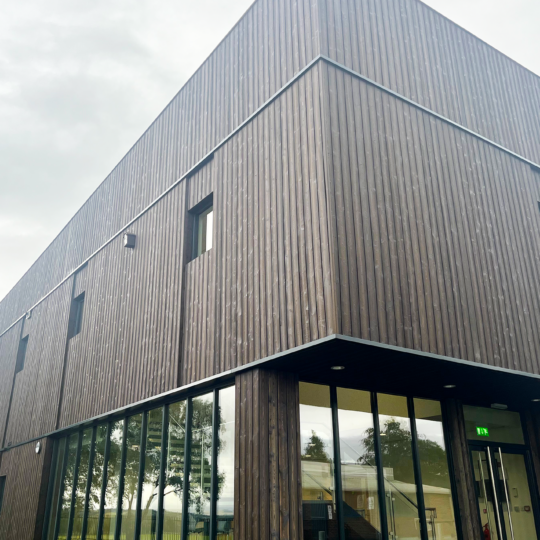Construction Insights: MMC in Education, 2024.
At Thurston Group, we're dedicated to providing educational institutions with cutting-edge, sustainable, and cost-effective solutions.
View More
At Thurston Group, we're dedicated to providing educational institutions with cutting-edge, sustainable, and cost-effective solutions.
View MoreIn the education sector, not every project or client is the same. These institutions, schools especially, are generally overcrowded and underfunded. Expansion is the first step to solving overcrowding issues, which in turn helps students improve their performance.
View MoreNot all projects are the same, so a ‘one size fits all’ approach just doesn’t cut it. Special Educational Needs (SEN) classrooms require even more planning and design considerations in particular.
View MoreThis month, we've been busy working on some really exciting modular building projects. From education to commercial and industrial units, here are our October project win highlight.
View MoreIf you’re looking for a cost-effective alternative to traditional methods, modular construction is the solution. Not only is it cheaper, there are also a range of benefits.
View MoreWhen everything is so expensive in construction, an often-overlooked method of cutting costs is modular construction. So what is modular construction? What can be made and why are they so great?
View MoreIf you’re looking at options when it comes to modular buildings, you’ve probably realised just how many there are. With so many choices available, it’s often difficult to decide which building is best for you.
View MoreWe’re part of a wider collaboration of businesses. One of our sister businesses is an industry leader in portable and modular building solutions.
View MorePortable modular buildings are increasing in popularity. Incredibly multi-functional, in contrast to traditional methods, they have vast uses and benefits.
View MoreDo you need more space around your school? Are you short on time? If so, then a factory built classroom is the solution.
View More